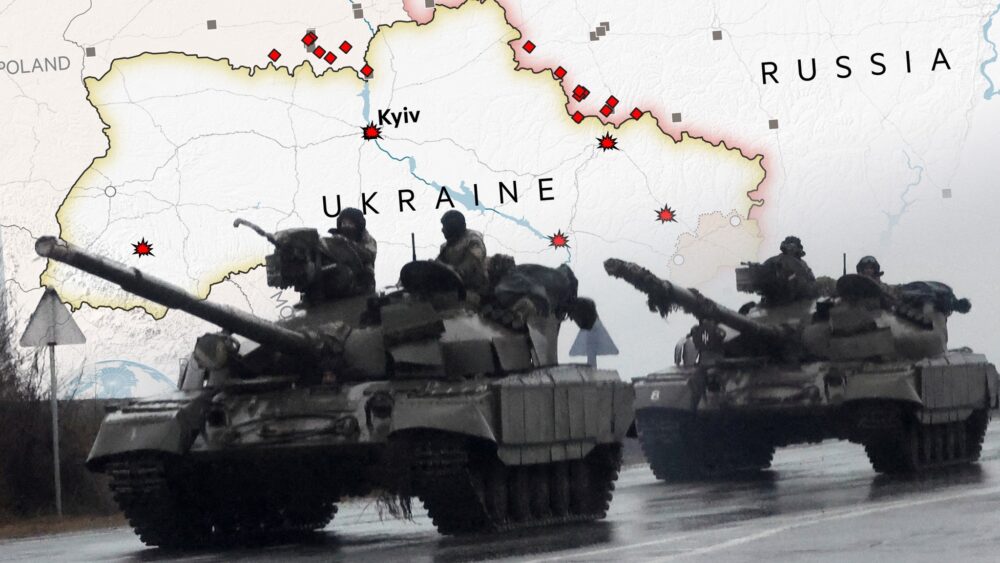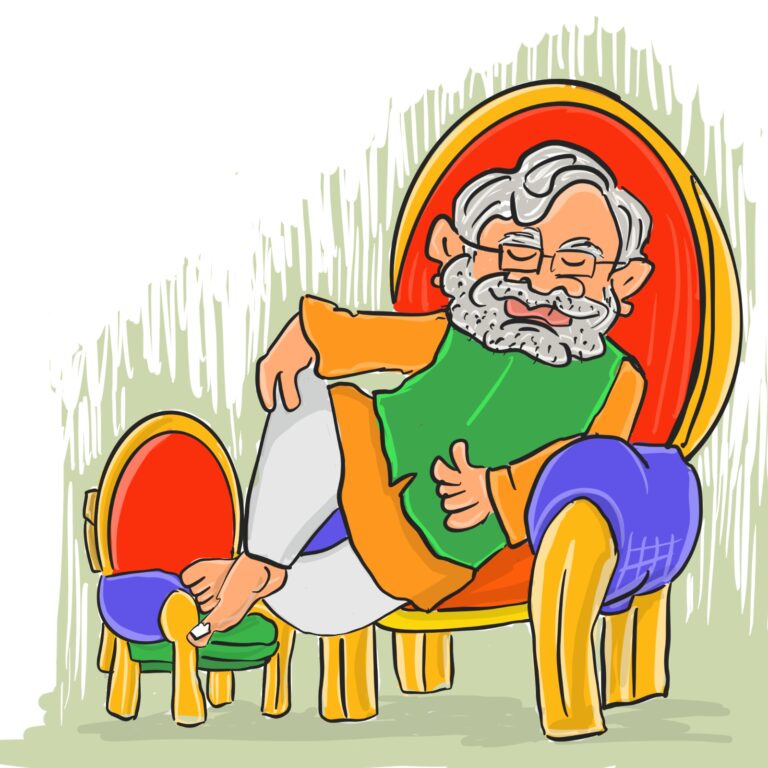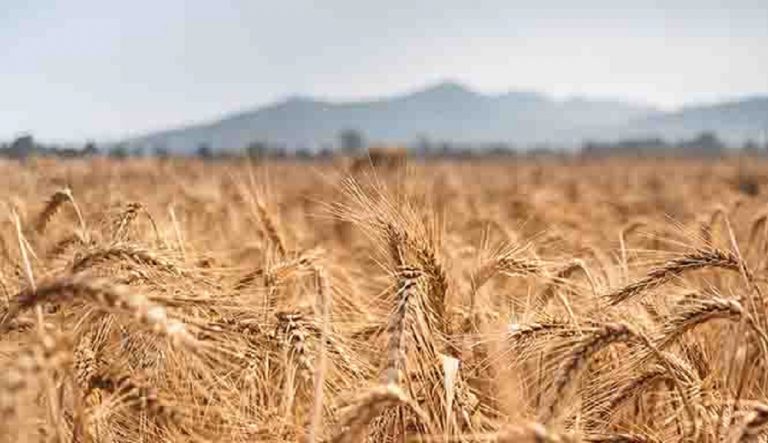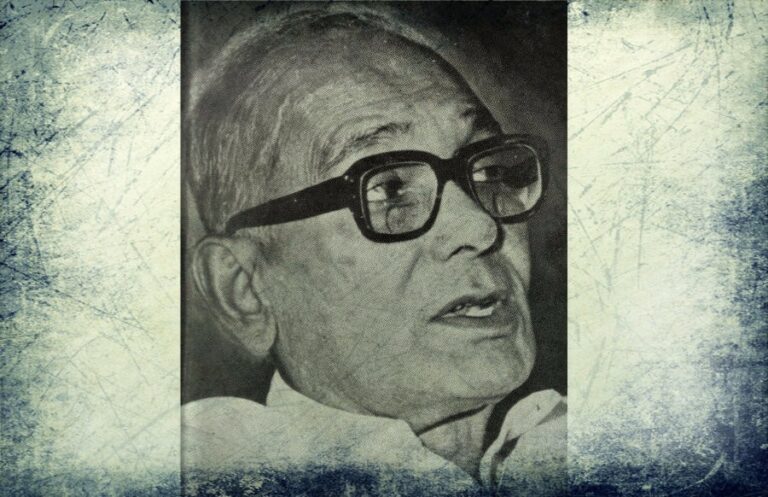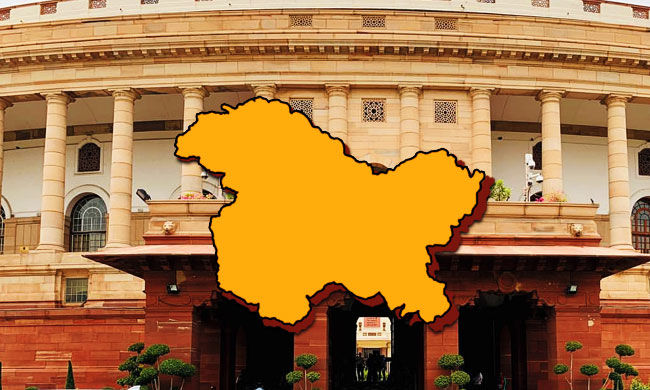The Ukraine-Russia conflict: Why the war broke out
Hi, my name is Harsh! I like to write on topics relating to a wide range of subjects, and hope to do my part in adding some perspective in the minds of my readers.
At the time of writing this article, Russia’s invasion of Ukraine has been going on for weeks. This conflict has been cited as one of the biggest in Europe since the end of the Second World War. The question that now arises, is what was the motive of the Russian government to launch this offensive? While the exact reasons remain in the heart of the Kremlin, it is certainly a complicated matter. This article makes an attempt to list down some of the important factors that could help understand the motive of the aggressors and in turn, help to ease the geopolitical conflict at play in the Eastern European region over the past few decades.
Russia and Ukraine have had a shared history and experienced a deep connection throughout most of their existence. In 1922, both these nations were involved in the establishment of the Union of Soviet Socialist Republics, commonly known as USSR. After the second world war, with the advent of the nuclear era and the ongoing struggle for world domination against the United States, the Soviet Union saw the development of the largest armada of nuclear weapons anywhere on Earth. At the time of the dissolution of the Soviet Union in 1991, Ukraine held about 1/3rd of its nuclear arsenal, making it the nation with the third largest nuclear stockpile in the world. By 1994, Ukraine had decided to get rid of its nuclear weapons and join the NPT
(Treaty of Non-Proliferation of Nuclear Weapons).
One of the biggest motivations for this invasion can be related to the Russian hegemony in the European energy market. A number of countries in Western Europe rely heavily on Russia for the import of Oil and Natural Gas. An estimated 41% of the EU’s natural gas imports comes from Russia [1] . The Russian economy is driven primarily by these energy exports, contributing around 35% of Russia’s GDP [2]. The importance of fossil fuels to the Russian government cannot be overstated. Russia is the second largest producer of oil and possesses the largest proven source of Natural Gas. The money coming in from the black gold has effectively transformed Russia into a petrostate. It has funded the modernization of the Russian army, paid back government debts and financed the ambition of Moscow to reestablish itself as a superpower on the global stage.
The above image shows the status of the major gas pipelines currently operating or under construction in Europe. Russia and Western Europe rely heavily on the trade relationship based on these energy demands, and any disturbance in the same is problematic from Moscow’s point of view. As the map shows, a significant portion of the current setup of the pipelines go through Ukraine, which charges billions of dollars in tariffs every year from Russia to continue the gas flowing through its land. In recent times, with the development of Nord Stream1 and Yamal Europe, Moscow has tried to reduce its dependency on Ukraine for the passage of gas to the rest of Europe, and it is the aim of the Russian government to cease all such reliance on Ukraine in this matter by the middle of this decade.
Another issue of concern for Moscow has been the discovery of around 2 trillion cubic meters of natural gas deposits in the exclusive economic zone (EEZ) of the Crimean peninsula. Shale gas deposits have also been discovered in the eastern region of Donbass, and near the western Carpathian mountain region.
The image above shows the presence of shale gas deposits on the eastern and western part of Ukraine, along with Natural gas reserves in the EEZ of the crimean peninsula, now under Russian occupation. This discovery put Ukraine on the map as a significant competitor to Russia in the energy market and provided a lucrative alternative to the Western European countries, many of whom have been historically at odds with the Russian state ideals and its poor track record of democratic practices and human rights.
The issue Ukraine had was the lack of proper infrastructure and finance to take advantage of these discoveries. Consequently, the Ukrainian government started issuing leases to the British and American companies to set up shop in Ukraine and drill in these sites. This was an alarming development from the Russian perspective, as it would further strengthen the Western hold on Ukraine’s resources, and could pave the way for the downfall of the Russian oil hegemony. When Viktor Yanukovich’s pro-Russian government was ousted following a revolution by pro-EU and pro-western forces in 2014, Russia quickly sent its forces to occupy the Crimean peninsula. They took over all the equipment and infrastructure that had been set up by the Western oil companies and drove them out of Crimea. Interestingly, the areas of Ukraine with the shale gas deposits, namely Donbass and Carpathian region, have been hotbeds of active conflicts against the Ukrainian government, being actively funded by the Russian state. All these steps have ensured the weakening of the Western influence over Ukraine’s resources, and have left the Ukrainian government unable to capitalize on them, thereby muzzling out its ability to pose any significant threat to the Russian energy dominance in Europe, as well as having any hope of getting back the Crimean peninsula.
The United States and Soviet Union, throughout the cold war, tried to exercise their influence on the continent of Europe. One way they did so was through military alliances, the now famous NATO backed by the US, and its adversary the Warsaw Pact, promoted by the USSR. A significant portion of Europe is defined by a geographical feature called the great European plains, extending from Germany all the way to the Urals deep into Russian territory. These plains had provided the setting for the largest land invasion in military history, Operation Barabarossa, the Nazi invasion of Soviet Union. These flatlands could prove to be a great asset for any offensive operation against Moscow, and the Kremlin is well aware of this fact. It is thus imperative for the leadership of Russia to maintain as much control westwards into the plain as possible, to enhance its ability to defend itself against any assault.
With the possibility of Ukraine joining NATO, it would become extremely difficult for Russia to defend itself should an altercation with the alliance happen anytime in the future. In the current setting, with a somewhat neutral Ukraine and the Russian control of the Crimean peninsula, Moscow’s defensive line consists primarily of the front against the Sudeten mountains, across a narrow front in the plains from Germany and across the Black Sea. The Carpathian mountains from Ukraine provide a solid line of defense for Moscow. But should Ukraine ally with the West, these defensive lines would certainly change for the worse from the Russian perspective. It would lose its defensive Carpathian wall, and the defensive line would now shift to the eastern border of Ukraine, part of the great plains. It would also mean that NATO borders would surround Belarus, an ally of Russia, on three sides, thereby making its defense tougher. It would also lead to further isolation of the Kaliningrad exclave from Moscow’s control, making it seriously susceptible to a NATO backed cut off from the Russian heartland in case of a conflict.
Given that NATO is viewed as a hostile alliance by the Russian government, its eastward expansion ever since the fall of the Soviet Union has been a great cause of concern for Moscow. In 2008, threatened by Georgia’s increasing proximity to the alliance, Russia launched an offensive and forced Georgia to distance itself from NATO. Vladimir Putin was the Russian premier at the time as well and he followed the policy of divide and conquer, splitting up Georgia into three parts, carving out the regions of South Ossetia and Abkhazia from mainland Georgia. A similar playbook has been followed in the case of Ukraine as well, with Putin announcing on the eve of war that Russia would recognize the independent states of Luhansk PR and Donetsk PR from the rest of Ukraine, before launching an all out invasion.
Another aspect that deserves some examination is the issue of the Crimean peninsula. The geography of Crimea is harsh. It has dry, salty marshes, and is extensively covered by the Steppes. Virtually an island, it has few points of contact with mainland Europe. Another challenge it faces is a lack of local sources for freshwater for domestic and agricultural consumption. Prior to the 2014 annexation by Russia, the vast majority of the freshwater needs of the peninsula was met through the North Crimea Canal. This canal has its point of origin in the Ukrainian mainland, and deviates water from the Dnieper river, down to the peninsula.
After the annexation, the Ukranians blocked the canal on their end, thereby stifling the flow of water down to the peninsula. As a result, Crimea is facing a dire challenge. Climate change has exacerbated the problem even further. 2020 was recorded as the driest year in Crimean history [3]. This has posed a major problem for the Kremlin. To address this issue, a multi-billion dollars worth Crimean bridge was constructed to connect the peninsula to the Russian mainland in order to facilitate the transport of freshwater, in addition to its transportation via shipping, but so far these measures have failed to create any significant impact. The Russian government has been spending billions of dollars every year to bring relief to the nearly 2.4 million citizens of Crimea, without having delivered any optimistic results. On the other side, Ukraine has no intention of opening up the mouth of the North Crimea Canal. The current government of Ukraine has stated that its top priority is to reclaim the peninsula from Russian occupation. Hence it can be argued that one facet of this invasion could be to get control of this canal, and restart the supply of water to Crimea, alleviating the region of its hardships and saving the Kremlin billions of dollars every year.
As outsiders peeping in, we can just speculate as to what are the true reasons for this conflict. But one reality that has remained true for all such conflicts throughout history, is the immense loss of life as a collateral damage. We hope that this crisis can be brought to an end as soon as possible, and diplomatic approaches be given another chance to resolve the underlying conflicts.
References
- https://www.cnbc.com/2022/02/24/why-europe-depends-on-russia-for-natural-gas.html
- https://warsawinstitute.org/russias-economy-becoming-heavily-dependent-hydrocarbons/
- https://www.rferl.org/a/ukraine–crimea-water-shortage-drought/30903039.html#:~:text=The%20Russian%2Dcontrolled%20administration%20of,the%20Crimean%20Peninsula’s%20water%20supply.


